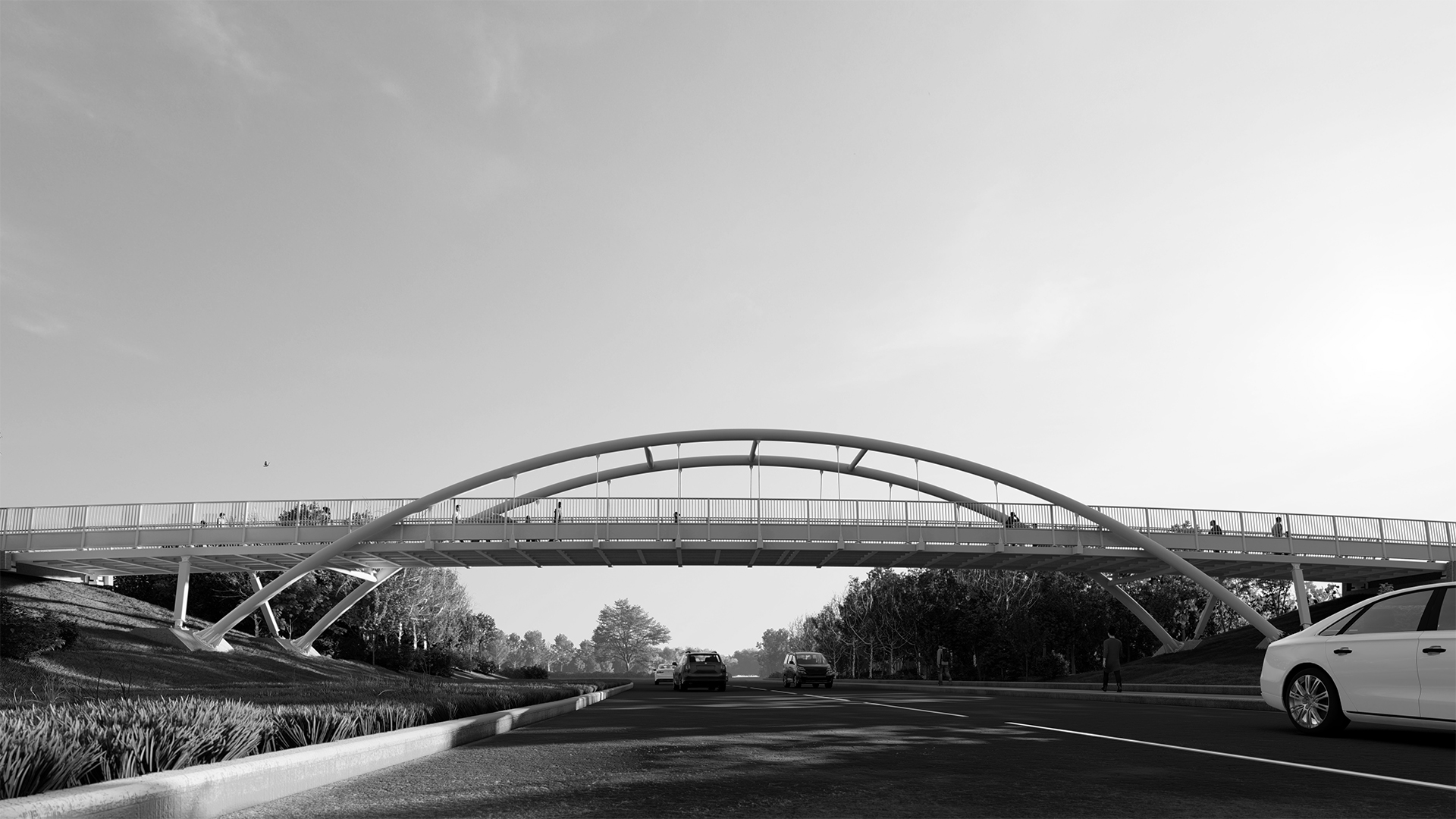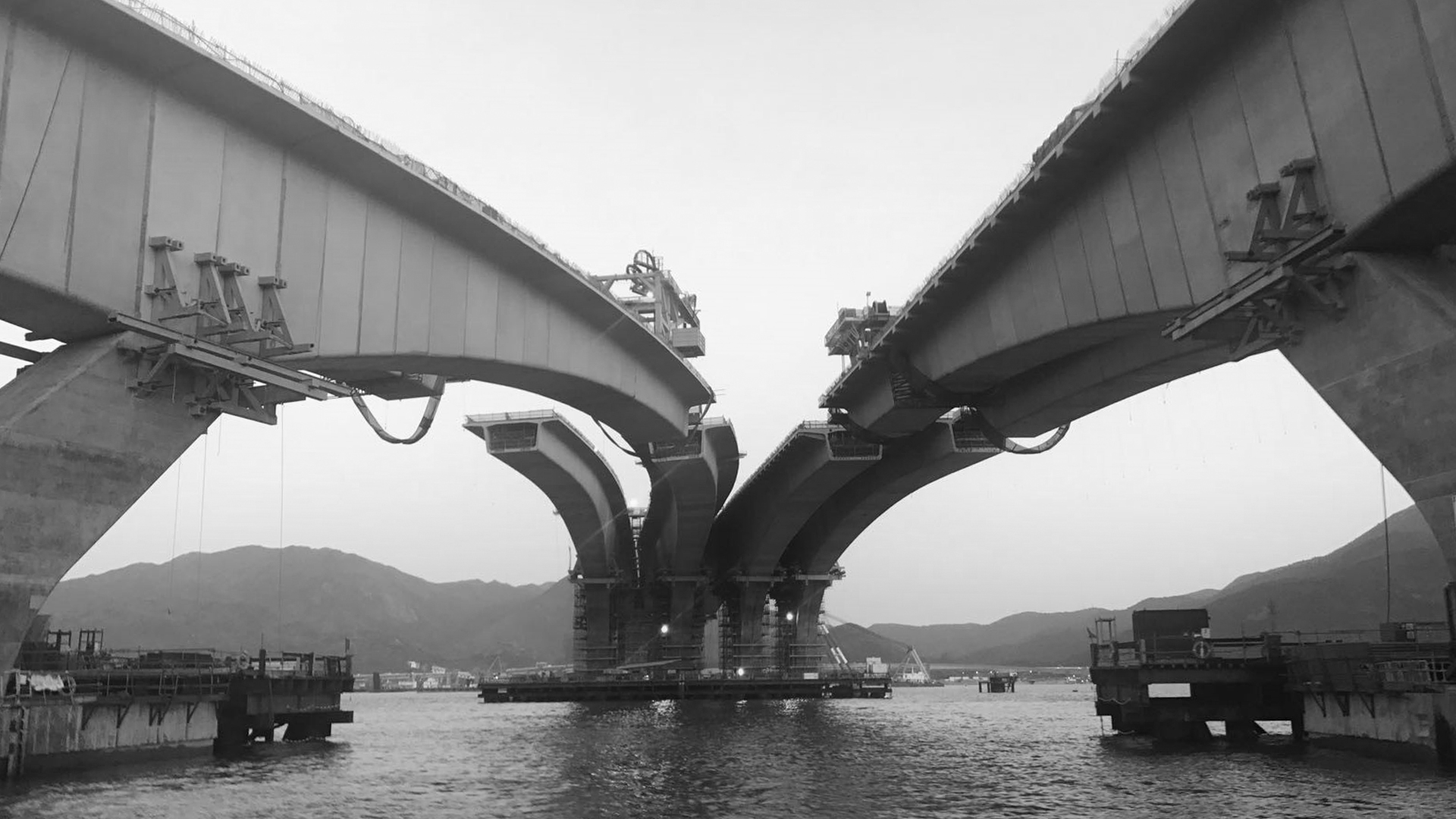Ely Southern Bypass
Cambridgeshire, UK
Project synopsis
Tender, preliminary and detailed design for the new by pass including highway and bridge design, Construction technical support and site attendance
Contractor
VolkerFitzpatrick
End client
Cambridgeshire County Borough Council
Commissioned by Cambridgeshire County Council, the A142 Ely Southern Bypass secured planning permission in October 2014 after the visionary concept from scheme architect Knight Architects. The scheme aims to alleviate traffic problems and cut the large volumes of heavy goods vehicles traffic going through Ely, Cambridgeshire, with traffic flows exacerbated by a level crossing on the railway. Tony Gee was employed by VolkerFitzpatrick under a design and build contract(NEC Option APSC) to undertake the detailed design.

Tony Gee was appointed by VolkerFitzpatrick to undertake the preliminary and detailed design of the new A142 Ely Southern Bypass.
The scheme brings a much needed new road to alleviate traffic problems, including large volumes of heavy goods vehicles which currently go through Ely. This includes two new roundabouts with the road built up on embankment, a 300m long viaduct structure crossing the River Great Ouse floodplain and a 100m long bridge crossing two railway lines.
One of the challenges was designing the geometrically complex V-shaped piers on the viaduct. This was addressed through fully exploiting our 3D reinforcement detailing software, Design for Manufacture and Assembly. This included a clash detection and producing an animated reinforcement fixing sequence in NavisWorks to aid the contractor, as well as reduce congestion and improve safety for site personnel.
These benefits have been realised with VolkerFitzpatrick saving a substantial amount, based on avoiding re-work, reinforcement wastage and delays to the programme.
Throughout the design stages, the team was consistently surprised by the cross-sections cut through the 3D model of the V-piers. This demonstrated it would have been close to impossible to detail the reinforcement using conventional 2D methods.
Recommended Reading




